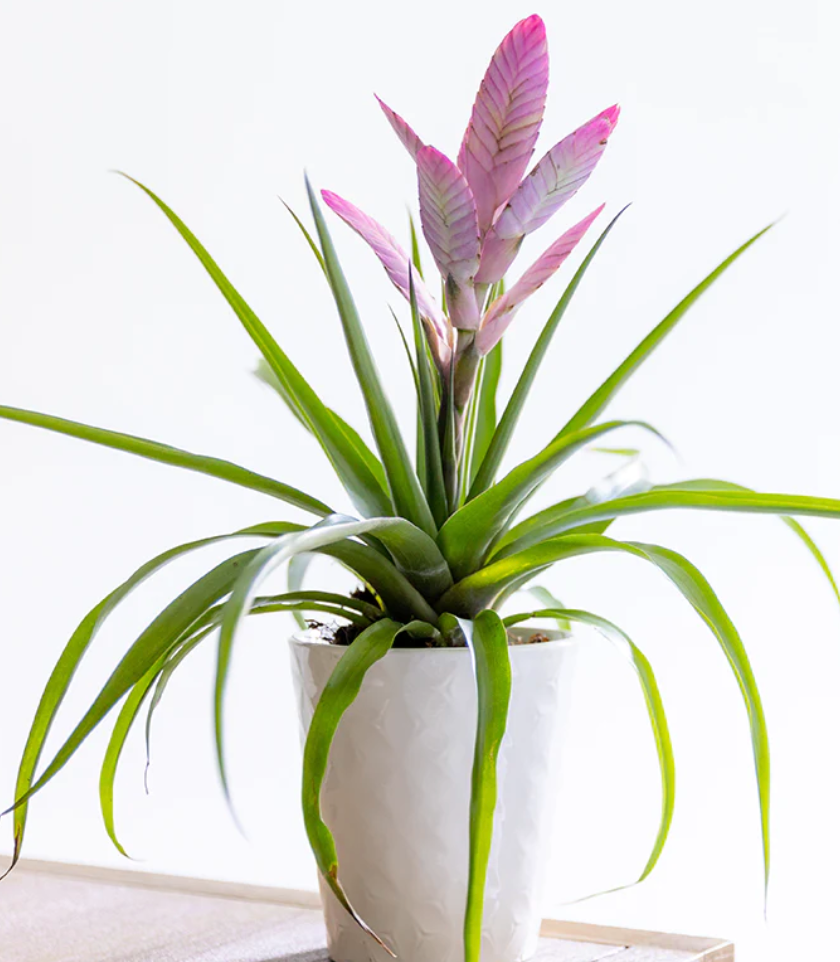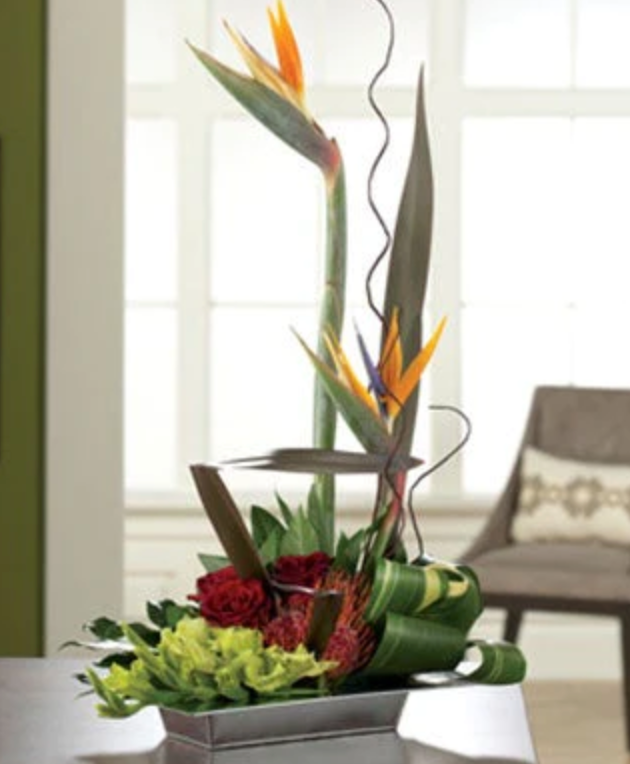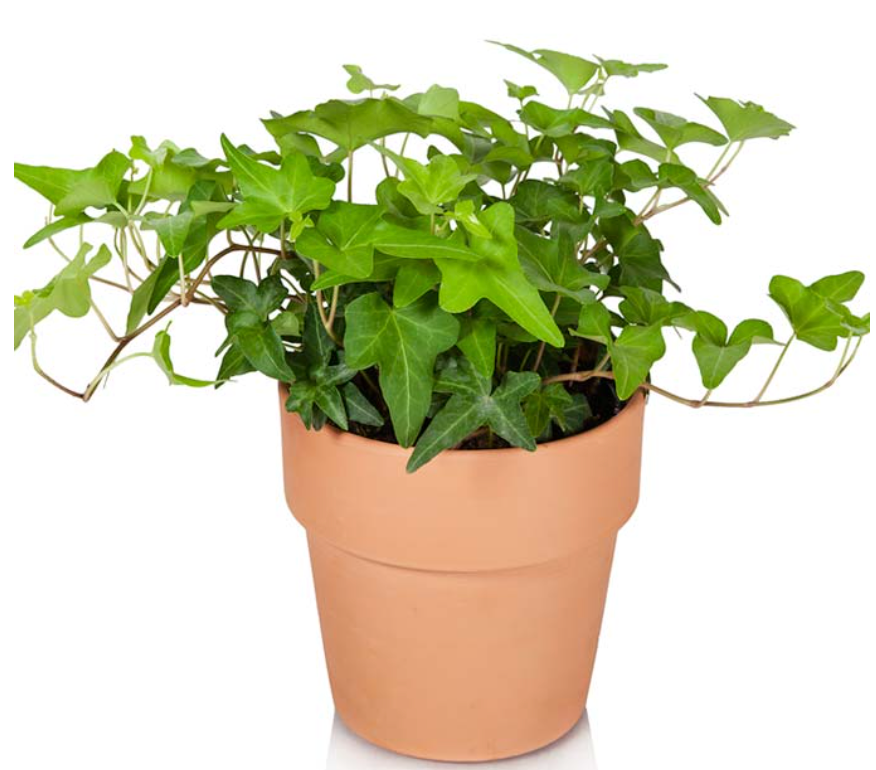Provide Adequate Sunlight: Succulents thrive in bright, indirect sunlight. Place them near a south-facing window or in a spot that receives at least six hours of sunlight per day. If you're growing succulents indoors, make sure to rotate them occasionally to ensure all sides receive equal exposure to sunlight.
Watering: One of the most common mistakes in succulent care is overwatering. These plants are adapted to arid conditions and prefer dry soil. Allow the soil to dry out completely between watering sessions. When you do water, ensure that the water reaches the roots, but avoid leaving your succulent sitting in standing water as it can lead to root rot.
Well-Draining Soil: Using well-draining soil is crucial for succulent health. Choose a specialized succulent or cactus potting mix or create your own by combining regular potting soil with perlite, coarse sand, or pumice. The porous nature of these additives allows excess water to drain away, preventing waterlogged soil.
Proper Pot Selection: Succulents benefit from being in containers with drainage holes. This allows excess water to escape and prevents the roots from sitting in water. When selecting a pot, choose one that is slightly larger than the plant's current size to allow for growth but not excessively big, as this can lead to overwatering.
Temperature and Humidity: Most succulents prefer warm temperatures ranging between 60°F (15°C) to 80°F (27°C). However, they can tolerate higher temperatures if provided with adequate airflow. During the winter months, many succulents benefit from a period of dormancy, so it's important to reduce watering and keep them in cooler environments.
Fertilization: Succulents are not heavy feeders, but they still require some nutrients to stay healthy. During the growing season (spring and summer), use a balanced, low-nitrogen fertilizer diluted to half-strength. Apply the fertilizer sparingly, as succulents are sensitive to excess nutrients, which can cause leaf burn.
Pruning and Propagation: Regular pruning helps maintain the shape and appearance of your succulents. If you notice leggy or etiolated growth, it's an indication that your succulent is not receiving enough sunlight. To propagate succulents, simply remove a healthy leaf or stem and allow it to dry for a few days. Place it in well-draining soil, and soon new roots and shoots will emerge.
Pest Control: While succulents are generally resistant to pests, they can occasionally face issues like mealybugs or aphids. If you spot any pests, isolate the affected plant and treat it with a gentle insecticidal soap or a mixture of water and dish soap. Regularly inspect your succulents to catch any problems early on.




